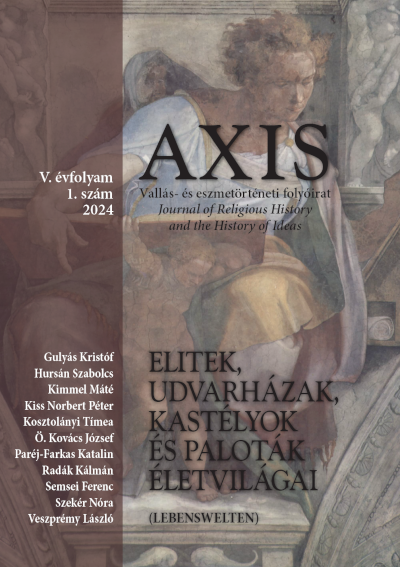Manors, Hobby Farms, Szakszövetkezet: The Elite and their Establishments in Szarkás Puszta in the Nineteenth and Twentieth Centuries
Published 2024
How to Cite

This work is licensed under a Creative Commons Attribution 4.0 International License.
Abstract
This study examines the manors, hobby farms, and the szakszövetkezet cooperative of Szarkás Puszta. Nineteenth and early twentieth-century establishments of the elite — manors of landowners and the Church, as well as the hobby farms of the urban intelligentsia — are essentially atypical in this environment, as the sandy soil of the Southern Great Plain primarily attracted the rural and urban poor due to the opportunity for inexpensive land acquisition. The historical transition of the elite and their associated establishments in Szarkás Puszta is examined, with a focus on the roles they played in the social fabric of the scattered “tanya” settlement communities. The study explores the impact on the elite of historical and political ruptures, as well as continuities. After the war, under the communist authorities, a completely new settlement named Imrehegy was established in Szarkás Puszta. Following collectivization in the 1960s, the conventional kolhoz model underwent a transition to the more permissive szakszövetkezet form, prompted by the sandy soil and scattered settlement conditions. The capacity of the szakszövetkezet was, in part, contingent upon the pre-existing economic establishments of the former elite. Notably, the emerging elite within the szakszövetkezet played a pivotal role during the post-socialist era.

